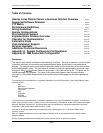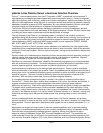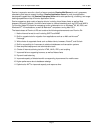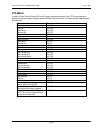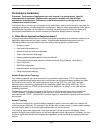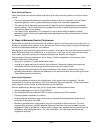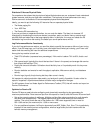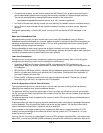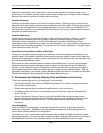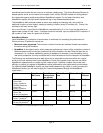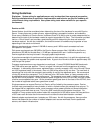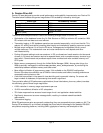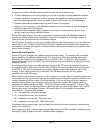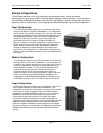
Ÿ For partitioned systems, you will need to ensure the NSF Buffer Pool is properly set since Domino
cannot automatically determine the memory that’s actually available to it across multiple partitions.
This can be accomplished by placing the following variable in the notes.ini file:
PercentAvailSysResources=nn (where nn is 100 / number of partitions)
Ÿ Let Domino allocate mail delivery threads (for local delivery) as needed, based on available memory.
Ÿ Let the Domino router allocate the mail transfer threads (for delivery to another server), based on
demand.
Configured appropriately, a Domino R5 server running on AIX can transfer 20,000 messages in one
minute.
Make Use of NotesBench Data
Most benchmarks just tell you what vendors want you to hear. But NotesBench really is different.
NotesBench benchmarks enable you to make "apples to apples" comparisons about Domino capacity on
hardware configurations from various vendors. You can even guesstimate total cost of ownership with
reasonable accuracy using these numbers.
Perusing NotesBench data is also a great way to glean information on how to optimize your system
configurations. Check out what disk topology, kernel settings, patches, and service packs were used (and
not used) to squeeze maximum performance from their systems.
Learn from Semaphores
Semaphores are a communication mechanism used among process threads. Here is a list of popular
semaphores and what they mean from the standpoint of performance:
Ÿ Collection (0x30B) and Collection Queue (0x309). Indicates that the CPU and memory are
bottlenecked. Best fix is to defer Administration Process activities to non-peak hours and optimize the
I/O subsystem.
Ÿ DB (0x245) and DB Queue (0x244). Indicates that the database cache and disk I/O are bottlenecked.
Best fix is to add more memory and optimize the I/O subsystem. Enabling field-level replication (if
you haven't already) will also help.
Ÿ BTree (0x255). Indicates a problem with how views are stored and rebuilt. The best fix is to defer
view rebuilding to off-hours, and optimize the I/O subsystem.
Know the Symptoms of Server Over-Utilization
Typical problems that point to a server that's in over its head are slow or failure-prone mail delivery,
degrading user response time, and slow address lookups.
To check mail delivery, look at the percentage of time your disks are utilized, and at mail queue length.
For R5, you can also check (and optimize) the number of mail.box files and the numbers of transfer and
local delivery threads.
To enhance response times, try optimizing the manner in which I/O-intensive files are distributed across
the disk subsystem.
If address lookups are slow, things may improve substantially when users deploy Lightweight Directories
on their desktops. This will reduce the load on the server and the network. You can also check the hit
rate for the Name Lookup Cache. A good hit rate is at least 85%.
If your problem is slow page rendering or an unresponsive Web server, check the number of HTTP
threads, and the percentage of time disks are utilized. Set the number of HTTP threads at 1:10 (one
thread for every ten users).
How can you tell if a server is underutilized? Look for a CPU utilization rate below 50%, disk access ratio
below 50%, or more than 200 MB of RAM consistently available. But note that the resources required for
Lotus Domino Server R5 Implementation Guide June 18, 2001
Page 10



